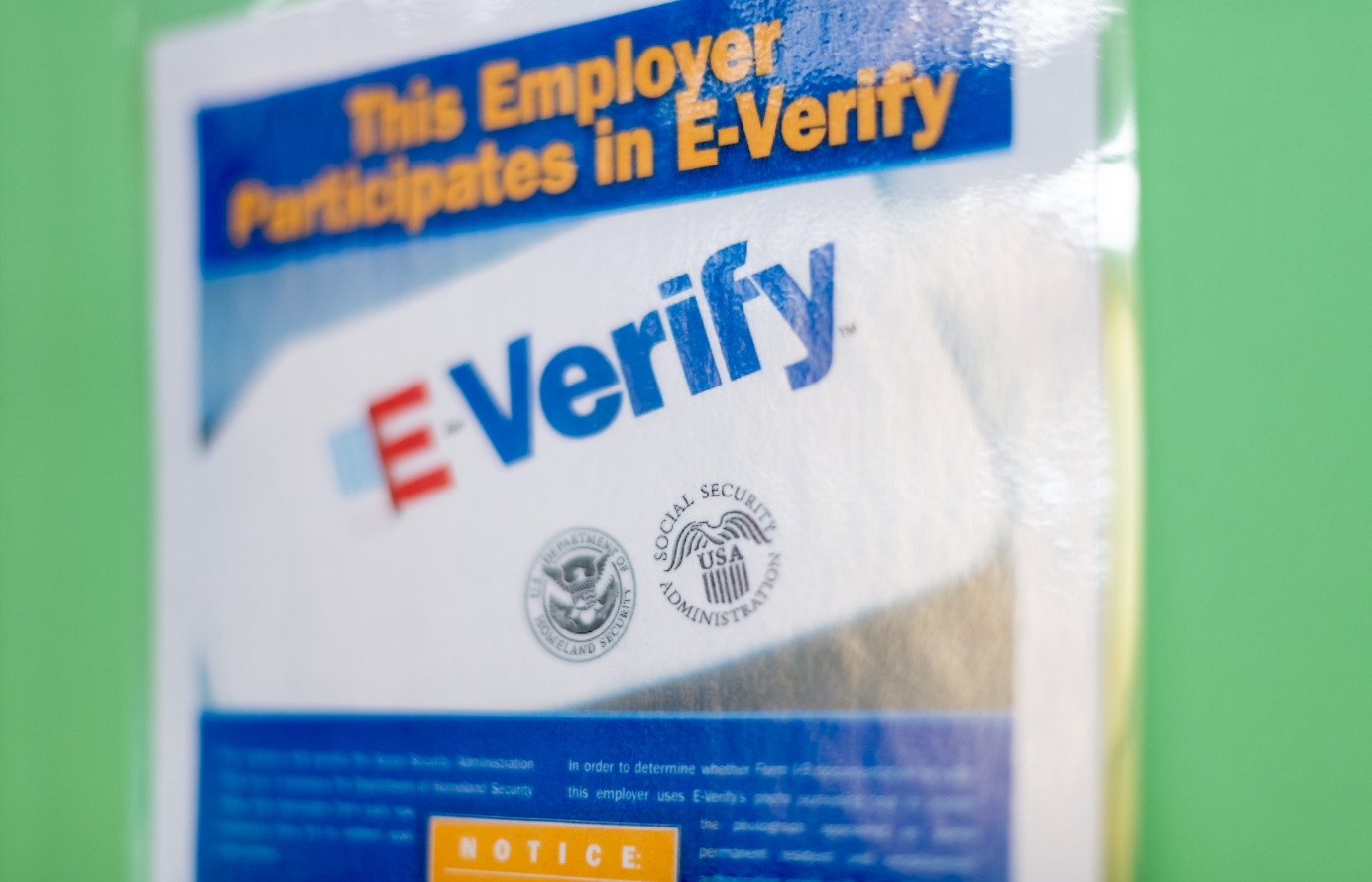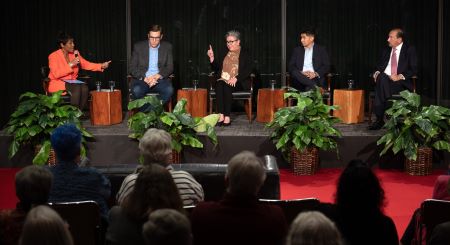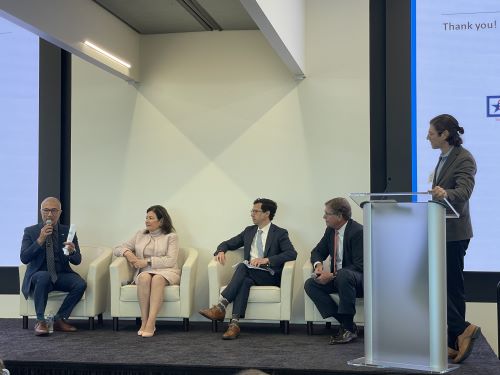Allow Highly Skilled Immigration and Boost the Economy
 Sen. Orrin Hatch (R-Utah) just introduced the bipartisan Immigration Innovation Act (I-Squared), which aims to liberalize and expand the immigration system for highly skilled workers.
Sen. Orrin Hatch (R-Utah) just introduced the bipartisan Immigration Innovation Act (I-Squared), which aims to liberalize and expand the immigration system for highly skilled workers.
As virtually all the research shows, attracting more high-skilled immigrants will stimulate economic growth and job creation by boosting innovation and productivity.
Hatch touted I-Squared by writing that even “[t]he president recognizes we face a high-skilled worker shortage that has become a national crisis.” Although there are tight labor markets for some high-tech occupations, the information sector is not one of them, and it’s by no means a national crisis. Wages for computer scientists, many engineers, and scientists are growing more quickly than for other occupations, but wage increases and a tight labor market are not the same as a shortage.
The real benefits of I-Squared wouldn’t come from filling jobs in “shortage” occupations, which don’t exist for most technology occupations, but from increasing the productivity of the American economy.
“The productivity gains from immigrant inventions and innovations are tremendous.” Economists at Rutgers and Princeton found that a 1-percentage-point increase in college-educated immigrants as a share of the population increased patents per capita by 9 percent to 18 percent. Economists from Harvard and the University of Michigan also found a 10 percent increase in the number of workers with H-1B visas in a city boosts the entire city’s patent output by almost 1 percent, a huge increase given the small numbers of H-1Bs relative to the workforce. They concluded that H-1B workers boost patents and innovation so much that they have a significant effect on long-term economic growth while also creating more jobs for Americans with similar skills.
The productivity gains from immigrant inventions and innovations are tremendous. From 1990 to 2010, 10 percent to 25 percent of the total combined productivity growth across 219 American cities was caused by H-1B workers in the science, technology, engineering and mathematics (STEM) professions. Those large gains occurred not just because of patenting but because skilled immigrants have different skills than Americans with similar educations. A larger, more diversely skilled immigrant workforce in the STEM occupations boosts wages and jobs for American workers.
Influential research by University of California, Berkeley, economist Charles Jones found that 50 percent of U.S. productivity growth from 1950 to 1993 could be attributed to growth in the share of scientists and engineers in the workforce. I-Squared’s reforms to the H-1B system could more than triple the annual flow of engineers and scientists into the United States. If history is any guide, I-Squared’s increase in those occupations could jump-start the U.S. economy for decades to come.
The bill, of course, does more than liberalize the H-1B visa. It also boosts the number of employment-based green cards for highly skilled immigrants, more than doubling them by creating numerous exemptions. Skilled immigrants with green cards are very entrepreneurial, as are immigrants at every skill level.
Between 1995 and 2005, 25.3 percent of all technology and engineering firms established in the United States had at least one immigrant founder. In Silicon Valley, 43.9 percent of technology and engineering startups had at least one immigrant co-founder between 2005 and 2012. Company creation is a big driver of employment growth and innovation, and immigrants do a lot of it.
Hatch is right that I-Squared would boost American economic growth, productivity and create jobs for Americans. However, I-Squared would not fill an urgent labor shortage, as he claims, except in some specialized occupations or regions of the country.
Opponents of I-Squared, however, are far more mistaken. Skilled immigrants do not “take our jobs,” as virtually all economists who study this issue have found. I-Squared would be a big win for the U.S. economy. Let’s just make sure we know the real reasons why that’s true.








